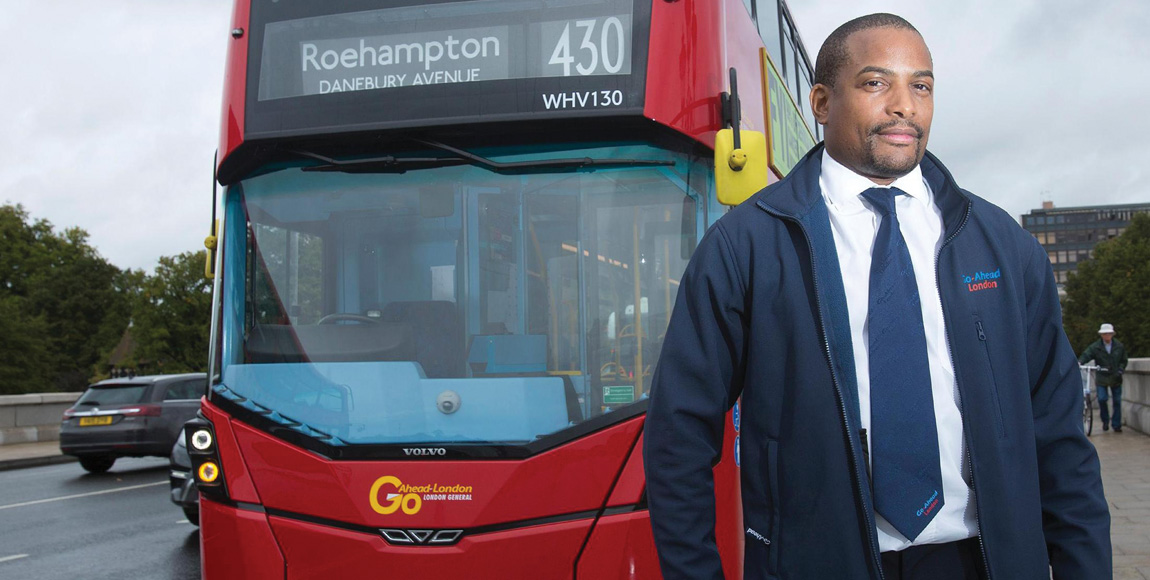It’s tough going it alone

Is the concept of owner-driver inherently false?
Let’s look at two articles that appeared on consecutive days (August 21/22) in Business Day. One was written by Mark Barnes, CEO of the South African Post Office (SAPO), and the other by Alon Lits, Uber GM for sub-Saharan Africa.
Barnes, who writes a regular column in Business Day, suggests that “corporates must create entrepreneurs. I recall SAB being a pioneer in the owner-driver schemes it launched. A truck … is a business. It is time to embrace that model again”.
With growing unease I continued to read: “An owner-driver will go out into the market to find those pools of product that will fill the load … bloated cost structures will give way to agile economic units in search of business growth opportunities … driving prices down competitively as they go.”
This sounds a lot like the 1984 British white paper on buses, which predicted that deregulation would stimulate operators “to provide a greater variety of services … offering more choices to meet people’s needs. Operators will not be slow to find out what passengers want”.
That certainly didn’t happen with bus services in Britain, and nor will it happen in freight transport.
A quick scrutiny of local websites will show that owner-driver schemes have produced mixed results over the past few decades. Where the “mother” company has given ongoing support, some schemes have worked. In other cases, drivers have been thrown to the wolves. Expecting them to go out and find business in an overtraded market is absurd.
I wonder whether the SAPO, itself, has tried such a scheme. I’m told that one of the reasons for the current postal backlog is that the parastatal is too cash-strapped to pay its delivery contractors.
Nevertheless, I would suggest that it tries an experiment based on the Swiss PostBus system, where vehicles carry both mail and passengers on scheduled routes, serving remote, low-density destinations.
Here’s a start – link up with the Go!George project and run four round trips a day between Mossel Bay, Knysna and Plettenberg Bay, calling at George Airport on the way.
Now for Uber, which is concerned about “the significant penalties that will need to be paid by ride-sharing companies whose independent operators (read: owner-drivers) are found to be transporting passengers without a legal permit.
The operating-permit issuance system in South Africa is broken. There appears to be no sense of urgency among local authorities to prioritise the fixing of flawed systems, or to tackle the … growing backlogs of permit applications”.
I have complained for years about the lack of urgency displayed by local authorities to fix the public-transport systems under their control, but in this case a “lack of urgency” is probably a blessing in disguise.
Both the freight and passenger markets in South Africa are overtraded. Unlike owner-drivers in the freight industry, where the competition is usually invisible, the passenger market is in-your-face and is far more likely to experience violence, as we in South Africa know all too well.
Cities throughout the world have been grappling for some years now with the unintended results of ride-sharing. The Citylab website explains that ride-sharing companies in the United States of America “have lobbied successfully in dozens of state legislatures to pre-empt various forms of local regulation” and that one in particular has “staked its place … through years of relentless flouting of local regulations and in some cases dodging legal enforcement”.
In August, New York became the first city to place a cap on the number of ride-sharing vehicles, a step that other cities would be well-advised to monitor closely.
So, let’s grant owner-driver and ride-sharing schemes their rightful place in the overall transport set-up in our cities. They have a part to play, but let’s first fix existing subsidised networks.
Published by
Vaughan Mostert
One Comment
Leave a comment Cancel reply
focusmagsa





Really nice article like always. I love how they’re always so well written. Keep up the good work.